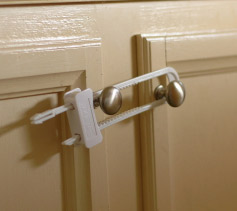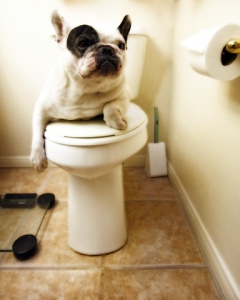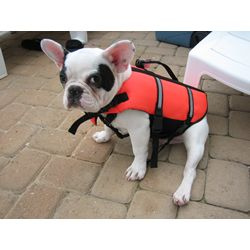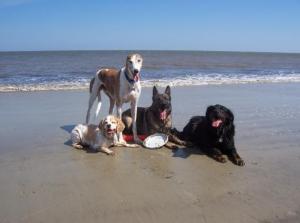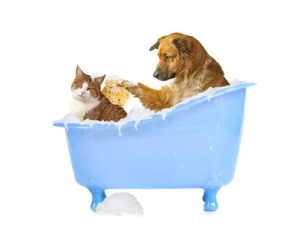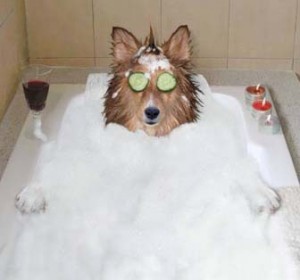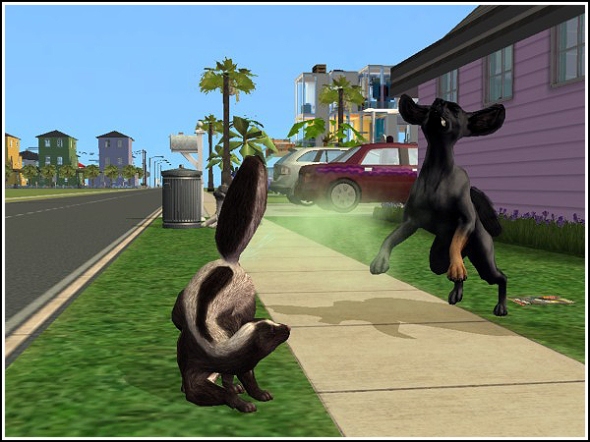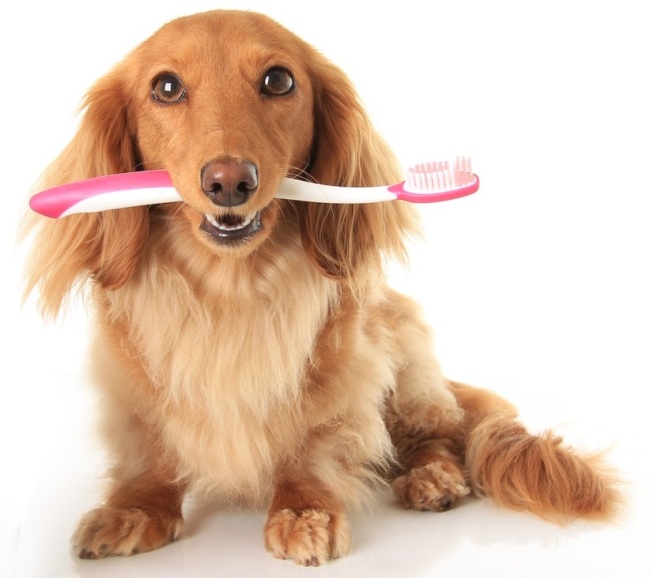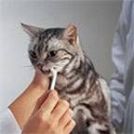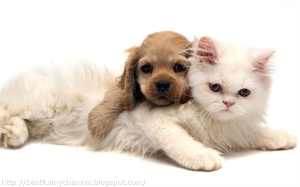
Summer is winding down, schools are back in session and the fall season is quickly approaching. The security and safety of our pets at home is very important as they are likely to be spending more time indoors with us as the heat of summer turns into crisp autumn air.
Cats, dogs, kittens and puppies are lively and curious, which can get them into serious trouble. Remember that your pet sees everything from a much lower vantage point than you—like a baby who has begun to crawl—and may be attracted to things you do not see while standing up.
It’s impossible to totally “pet-proof” your home against accidents, but here are some recommendations:
- Securely screen all windows to help prevent falls, and keep your pet off of balconies, upper porches, and high decks.
- Keep trash cans covered or inside a latched cabinet.
- Securely store cleaning supplies, laundry detergent, bleach, paint, paint thinner, pesticides, fertilizer, disinfectant, mothballs, roach & rat poisons, medications, and antifreeze. Make sure you keep these in tightly closed areas to which your pet cannot gain access. Keep all cabinet doors closed securely. Child-proof latches are helpful to ensure that little paws won’t pry them open.
- Clean all antifreeze from driveway and garage floor as one taste can be lethal to animals.
- Remove poisonous house- plants, or place them in hanging baskets completely out of reach of all pets. Some plants that are poisonous include amaryllis, English ivy, narcissus, dieffenbachia, mistletoe, poinsettia, holly, philodendron, azalea, rhododendron, daffodil daphne, foxglove, bleeding heart, potato, iris, ivy, oleander, rubber plant, tobacco, tulip, clematis, morning glory, and weeping fig. Please make sure any hanging plants can not be jumped on from nearby surfaces, as kittens are quite agile.
- Keep toilet lids down. Young pets may decide to play in the water, and the lid could close and trap them, causing them to drown. Toilet bowl cleansers are harmful if swallowed.
- Some foods that are toxic to dogs are: alcohol, avocados, raisins, currants, cooked bones, (causes stomach lacerations), walnuts, macadamia nuts, onions, garlic, grapes (can cause kidney failure), fatty foods, chocolate, xylitol, caffeine, some varieties of mushrooms, dairy products (too much, can cause diarrhea). If you suspect that your pet has ingested any of these items, call the National Pet Poison helpline at 1-800-213-6680 or get them to the veterinarian ASAP.
- Keep all foods out of reach. Even if the food isn’t harmful, the wrapper could be.
- Store plastic bags where the young pet cannot get inside them and suffocate or chew/tear them and swallow bits of plastic. Wire twist ties should be out of reach as well. Plastic six-pack holders used for packaging beverages should be cut apart and discarded immediately.
- Put away children’s toys and games, as animals could choke on small parts.
- Keep exposed electrical cords as short as possible, or tack them against a baseboard so the pet cannot play with or chew on them.
- Check for and block any small spaces, hooks or holes inside cabinets, or behind washer/dryer units. Close crawl spaces securely.
- Never give your pet any medication without first consulting with your veterinarian. Never use over-the-counter products on pets without first checking with your veterinarian. Veterinarians are the true pet experts. Guard against potential exposure to human medications. Even in small doses, aspirin, acetaminophen, diet pills, sleeping pills, and tranquilizers can all be fatal to your pet.
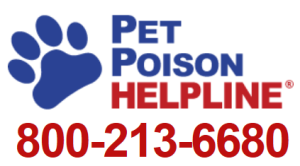
- Keep all dresser drawers, trunks, and closets closed. Always check to see where the pet is before closing refrigerator doors, the oven, washer, dryer or garage door.
- Keep laundry and shoes behind closed doors. (Drawstrings and buttons can cause major problems if swallowed)
- Always be sure your pet is secure before leaving them home alone. We strongly recommend the pet be confined in a plastic travel crate for at least the first few months.

- If the pet is allowed outdoors, always be sure to sound your horn and knock on the hood before starting and moving your vehicle. Kittens especially like to crawl up under the hood to keep warm.
- Keep sewing supplies out of your pet’s reach. Buttons, needles, pins, and thread can hurt its mouth or cause intestinal obstructions if swallowed. The same goes for nails, staples, screws, brads, earplugs, and aluminum can tabs.
- Do not use electric blankets for the pet’s bedding.
- Never put anything other than the appropriate collar around a pet’s neck. Ribbons can easily choke the pet if they should get caught on anything.
- Always look out for paws, noses and tails when you shut doors and scoot chairs.
Always leash your pet before leaving the house, then when you come home take it off in same place. The consistency gives them the signal that it is time to go out or return.
Following these simple tips can keep your pets safe and healthy for years to come. It will give you peace of mind to know you’re doing what you can to protect them while they are at home. Kindly share this information with other pet owners and friends. We are a veterinary clinic located in Millbrae, California.
Enjoy your Labor Day Weekend as we close out the summer. Look for our next blog in September.
Capuchino Veterinary Clinic
(650) 583-1500
https://www.facebook.com/CapuchinoVeterinaryClinic
https://www.facebook.com/howard.brookskorn.3
